Circa 2021
Entrepreneurs are devising innovative ways to reuse spent electric vehicle batteries. One promising idea is storing power from solar and wind farms.


The rising visibility of Ethical AI or AI Ethics is doing great good, meanwhile some believe it isn’t enough and a semblance of embracing Radical Ethical AI is appearing. This is closely examined, including for AI-based self-driving cars.
Has the prevailing tenor and attention of today’s widely emerging semblance of AI Ethics gotten into a veritable rut? Some seem to decidedly think so.
Let’s unpack this. You might generally be aware that there has been a rising tide of interest in the ethical ramifications of AI. This is often referred to as either AI Ethics or Ethical AI, which we’ll consider herein those two monikers as predominantly equivalent and interchangeable (I suppose some might quibble about that assumption, but I’d like to suggest that we not get distracted by the potential differences, if any, for the purposes of this discussion).
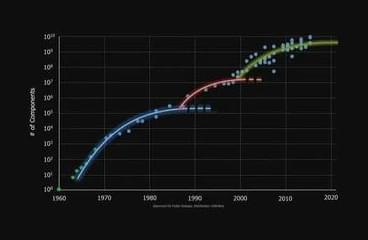
Some say that Moore’s Regulation, which tracks the exponential progress electronics during the last six a long time has stalled, and technological stagnation threatens. Mark Rosker, director of DARPA’s Microsystems Know-how Workplace (MTO), sees issues very in another way. In a new interview with Samuele Lilliu, he explains how the expansion described by Moore’s Regulation has been sustained by waves of innovation from DARPA and the way the following stage, what he calls the Fourth Wave, might be carried ahead by applied sciences his workplace is now creating.
The best model of Moore’s Regulation says that the variety of transistors on a silicon chip roughly doubles each two years. This was an commentary made by Gordon Moore – who later co-founded Intel – in 1965, and it proved to be remarkably correct. Yearly since then, an increasing number of highly effective computer systems and, later, laptops and smartphones have appeared in the marketplace. Low-cost chips have now grow to be important for vehicles, televisions, cameras and different units, which beforehand functioned with out electronics. They’re important throughout the financial system.
Describing the progress as a “Regulation” could also be deceptive. Moore’s Regulation is an outline of the development in semiconductor manufacturing, pushed by advances in science and know-how which requires fixed innovation to maintain going, not a pure course of.

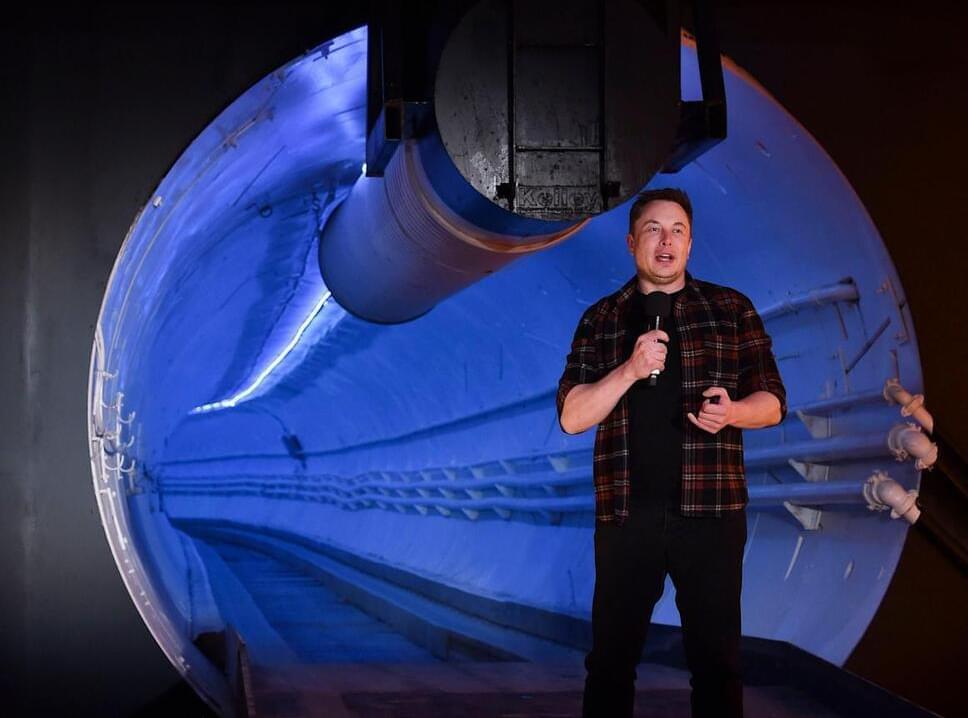
Elon Musk’s The Boring Company has submitted a proposal to construct a 6.2-mile underground transit system in Miami, Insider can reveal.
The North Miami Beach Loop would ferry Tesla vehicles between seven stations along State Road 826, between the Golden Glades Transit Center and Sunny Isles Beach at Newport Pier, according to the proposal, seen by Insider.
The Boring Company estimated that the loop would initially be able to carry more than 7,500 passengers per hour, and could be scaled to carry more than 15,000 per hour.
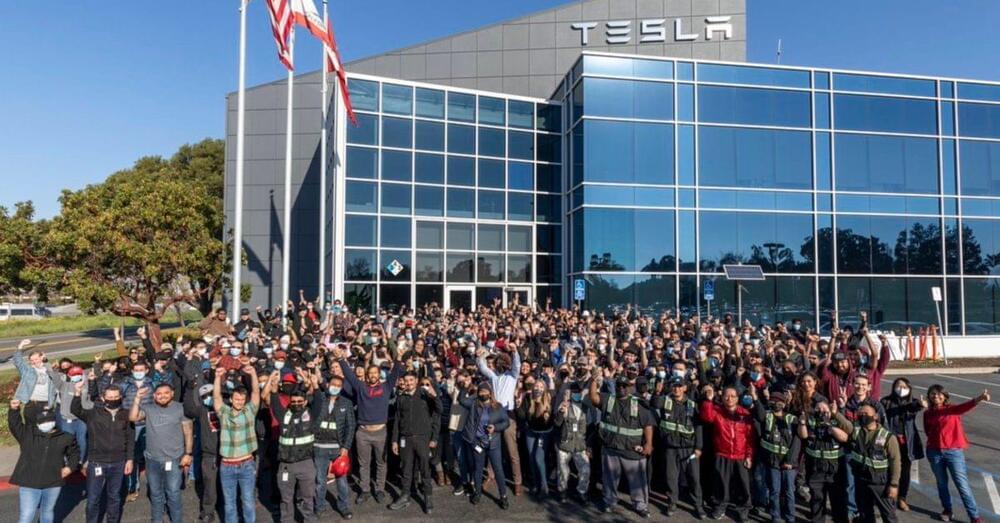
Tesla has announced that it has produced 1 million of its next-generation 4,680 battery cell at its pilot factory in California.
The announcement comes as Tesla is expected to start deliveries of its new Model Y equipped with its 4,680 cell and structural battery pack.
In 2020, Tesla unveiled its new 4,680 battery cell, a new tabless cylindrical cell in a much bigger format that the company claimed produces six times the power and five times the energy capacity while significantly reducing the cost.
The US National Transportation Safety Board (NTSB) says it is investigating the February 16 crash of a Joby Aviation air taxi prototype in Jolon, California.
The experimental air taxi was being piloted remotely when it went down during a flight at the company’s test base on Wednesday. According to a preliminary report by the FAA, no injuries have been reported.
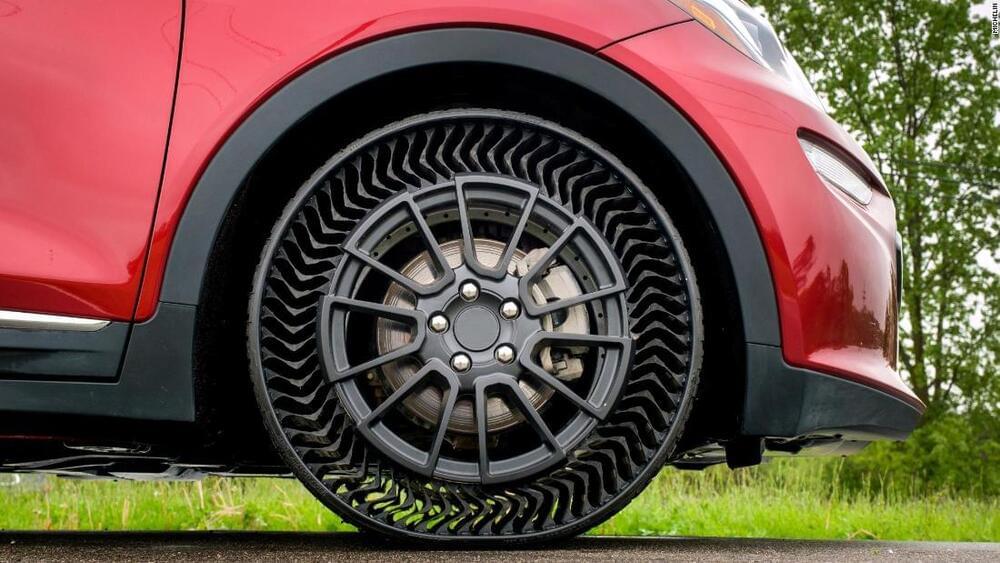
Michelin has been working with General Motors to develop airless tires that will be sold on a next-generation Chevrolet Bolt electric car, expected to go on sale in the next few years, a Michelin executive said. It could mark the decline of over 130 years of tire tradition but also the end of one of the most annoying aspects of car ownership: keeping air in the tires.
“We want to bring the next generation of the Chevrolet Bolt with airless tires,” Alexis Garcin, president of Michelin North America said in an interview with CNN Business, “and it’s going to happen now in the next three to five years.”
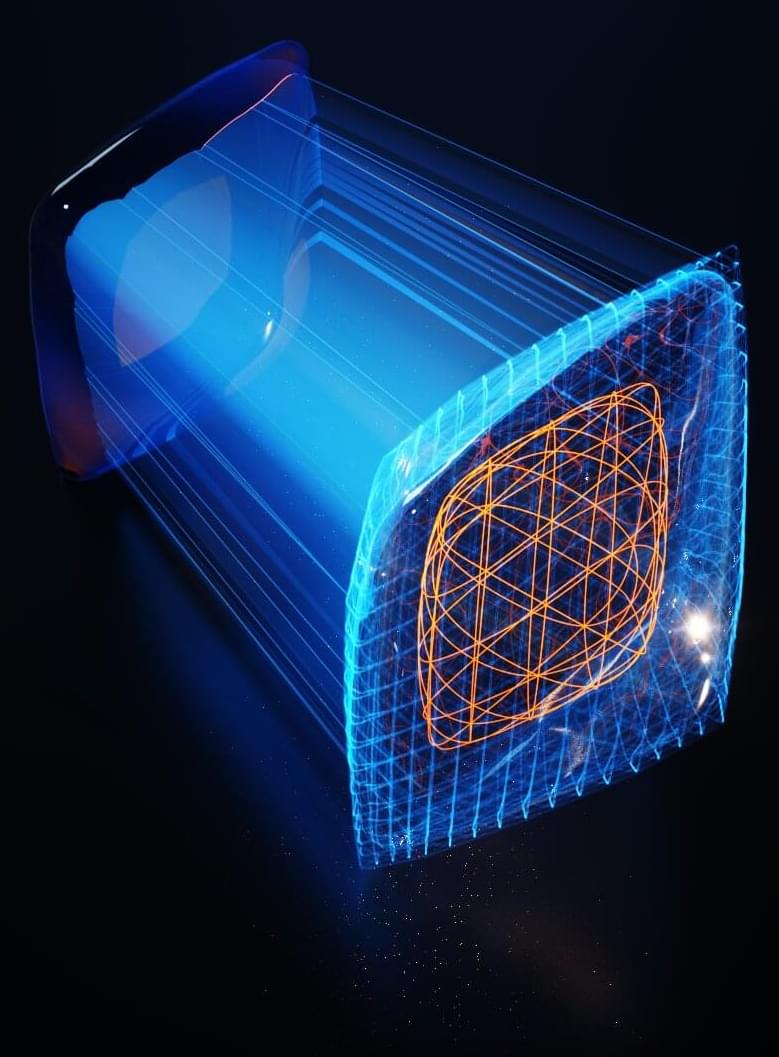
Today’s rechargeable batteries are a wonder, but far from perfect. Eventually, they all wear out, begetting expensive replacements and recycling.
“But what if batteries were indestructible?” asks William Chueh, an associate professor of materials science and engineering at Stanford University and senior author of a new paper detailing a first-of-its-kind analytical approach to building better batteries that could help speed that day. The study appears in the journal Nature Materials.
Chueh, lead author Haitao “Dean” Deng, Ph.D. ‘21, and collaborators at Lawrence Berkeley National Laboratory, MIT and other research institutions used artificial intelligence to analyze new kinds of atomic-scale microscopic images to understand exactly why batteries wear out. Eventually, they say, the revelations could lead to batteries that last much longer than today’s. Specifically, they looked at a particular type of lithium-ion batteries based on so-called LFP materials, which could lead to mass-market electric vehicles because it does not use chemicals with constrained supply chains.
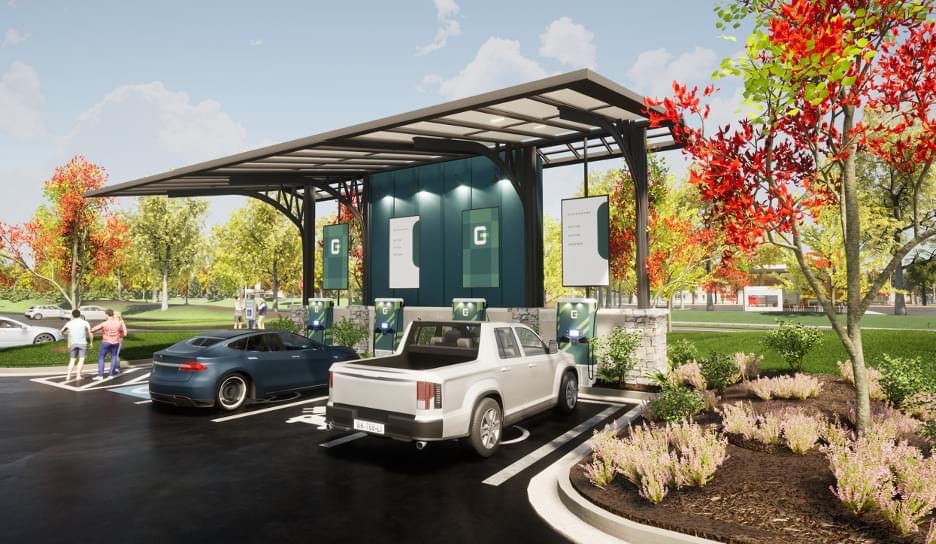
GreenCore EV Services has a goal of building and operating a network of over 10,000 solar EV charging plazas throughout the United States by the end of the decade. The company’s charging plazas will serve both consumer and commercial vehicles.
To help usher in this goal, GreenCore announced that it has selected B&D Industries to provide labor and prefabrication services to build out the company’s network of solar-powered EV charging plazas.